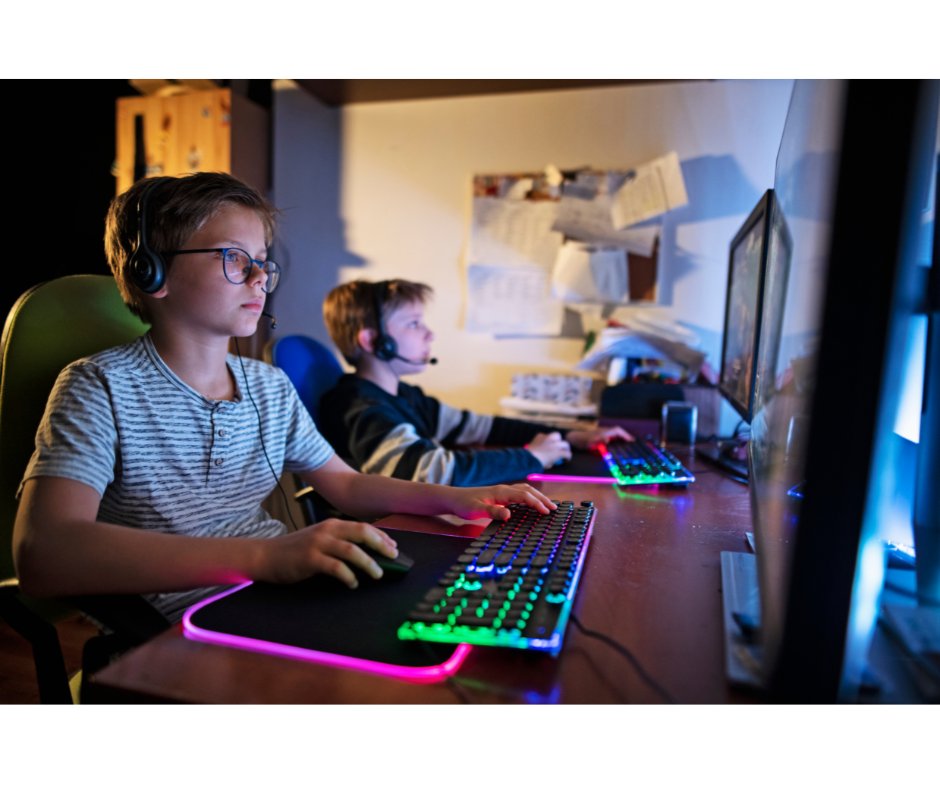
A New Wave of Teens Are Breaking Away From Social Media
By Andrew McPeak
If you are lucky on Sunday afternoons on the steps of Central Library on Grand Army Plaza in Brooklyn, NY, you can watch as one by one, the members of the Luddite Club assemble together. They never know exactly how many members are going to show up because most of them have chosen to give up their smartphones in favor of flip phones or even no phones at all.
The Luddite Club is just one of the latest examples of a fascinating trend among kids today. Within the same population of young people who we’ve come to expect to be glued to their screens, there is a growing cohort of dissatisfied teens who have had enough.
For Logan Lane, the club’s founder, it all began during lockdown, when her relationship with social media use took a troubling turn.
“I became completely consumed,” she said. “I couldn’t not post a good picture if I had one. And I had this online personality of, ‘I don’t care,’ but I actually did. I was definitely still watching everything.” Eventually, too burned out to scroll past yet one more picture-perfect Instagram selfie, she deleted the app. A few weeks later, she decided to put her phone in a box for good, choosing instead to purchase a flip phone.
Once Logan returned to school after lockdown, she met like-minded students in her school and the idea for the Luddite Club was born. In my opinion, the club’s slogan written on posters in the halls of their school tells the whole story: “Don’t be a phoney.”
Students in Our Focus Groups Are Also Recognizing It’s Time for a Break
In the spring of 2022, I sat down with a group of students between eighth grade and twelfth grade for a conversation about social media and screen time. The topic we spent the most amount of time on was just how many of them, often of their own accord, have decided it’s time for a break. Just listen to some of the quotes I recorded from our short conversation:
“I’m currently on a social media break right now. It started as a punishment because I was on it all the time, but since then it’s been kind of nice not having it. Now I don’t even have a desire to go on there anymore. It’s nice just being outside instead of wasting time on my phone.” (Junior Boy)
“I took a five month break last year from Instagram. For the first couple days, I kept opening my phone and swiping to find the app even though I’d deleted it. I was eventually like, ‘This is exhausting, and I am obviously way too addicted to this.’ But then I got used to it, and it was like I had so much more time on my hands.” (Senior Girl)
“I was off of Instagram for like five months. I could tell that I was doing better in school because I was more focused while I was in school.” (Eighth Grade Girl)
“I was just on a trip with a group of friends, and a group of us girls sat down to make a list of the pros and cons of social media. The only pros we could think of were communication and how it helps you connect with people who you haven’t even met yet. It’s pretty convenient, but the cons way outweighed it so much. We mainly talked about how it was a waste of time and how easy it was to compare yourself to other people.” (Senior Girl)
While each student might have their own reasons for leaving their phones behind, there is an increasing amount of data supporting the hypothesis parents and teachers have had for years — namely, that smartphones and social media can be harmful to kids. Back in 2017, Dr. Jean Twenge’s research found that smartphone use is connected to lack of sleep and that two hours or more of smartphone use can have significant effects on mental health. In the spring of 2023, author and researcher Jonathan Haidt released a series of articles showing “the younger the age of getting the first smartphone, the worse the mental health that the young adult reports today.”
The age Haidt and his research team suggest teens should get their first smartphone after looking at the data is 14 or 15 — i.e., when they start high school. Just because the data suggests we wait, however, doesn’t mean our kids or students will think this is a good idea. What is a leader supposed to do if their child or student is spending too much time on a device and doesn’t see any issue?
Four Ideas to Help Your Students Consider the Impact of Their Devices
While this is not an exhaustive list, consider the ideas below as a starting point for helping your child or student become more aware of the impact their device is having on them.
1. Expose them to stories of kids their age who are taking a break.
There are many examples of students going device-free in articles and on YouTube. Allow their stories to serve as a catalyst for a wider conversation.
2. Curate classroom or dinner table discussions.
One possible reason a student who is frustrated with their device might continue to use it is that they think everyone else is enjoying themselves. A wider discussion could be an opportunity to normalize the reduction of time on our devices.
3. Put together a pro-con list with the group.
Just like the student I quoted from one of my focus groups, consider having your students put together their own pro-con list of what their smart devices can do for them.
4. Plan device-free days or times.
In many of my conversations with students, I noticed that many of their breaks from social media and screens started with a mandate from an adult. After spending some time away from their device, they didn’t want it back. This is an especially effective strategy if you plan device-free time during a retreat, summer camp, or special week where phones would only be a distraction.
American writer James Baldwin once said, “Not everything that is faced can be changed, but nothing can be changed until it is faced.” While the problem of screens and teens may seem insurmountable now, it isn’t, and the sooner we start to tackle it, the better chance we have to set our students up for success.






